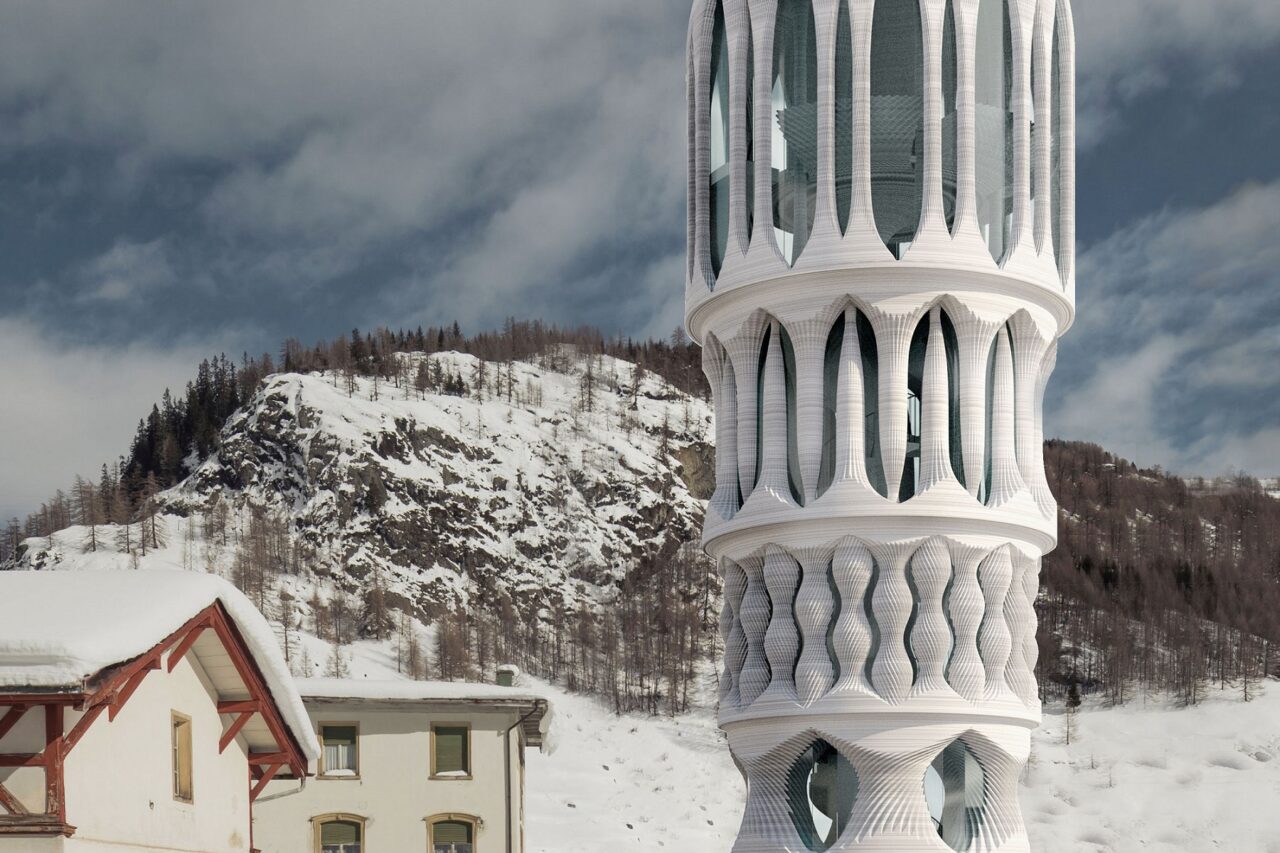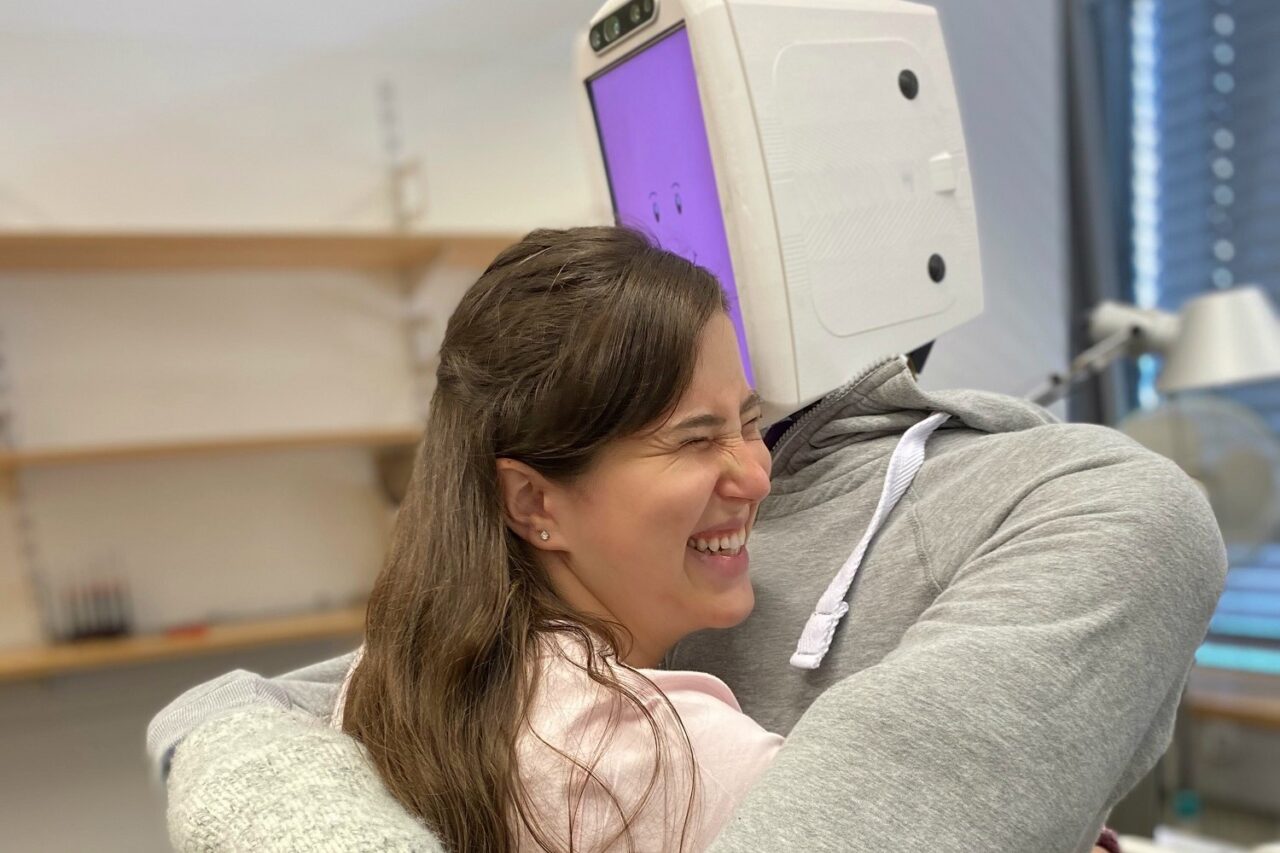How do great leaps in thinking and innovation occur? The ETH Pavilion in Davos RETHINKS Creativity, the engine of human progress
Rethinking Creativity
by Simone Bucher, 16 January 2020
What do a quantum computer and a jazz record have in common?
Not much, except they both were born out of creativity. Looking at the creative process in science and art points us into the direction of what creativity might be. We take a mental leap. We attempt the unprecedented. We harvest our knowledge and experience. We imagine. We revisit rejected ideas again. We tolerate risk and failure.
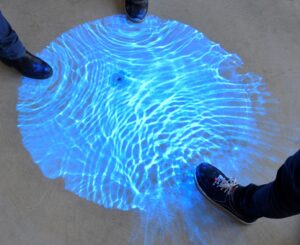
In curating the RETHINKING CREATIVITY exhibition for ETH Zurich’s Pavilion in Davos during the World Economic Forum’s Annual Meeting 2020, we start from the premise that scientists and artists use the same tools in their creative process. Their approaches, purposes, and outcomes may differ, but in the development of their thinking and in their creative moments, they use the same mental operations to come up with ideas.
Breaking, Bending and Blending
“When we are creative, our brain alters what it already knows”: In the book, The Runaway Species, How Human Creativity Remakes the World, neuroscientist David Eagleman and music professor Anthony Brandt suggest a framework for how the world around us is continually being shaped and reshaped. They call it the 3 Bs: Breaking, Bending and Blending – three key techniques our brain uses to think creatively.
Breaking takes a whole apart into its components and reshapes it into something different. This makes thinking about individual pieces more manageable. Moreover, breaking can also imply overthrowing a concept or convention. In art history, radical rupture often led to a scandal, in science, revolutionary innovations were simply called a break-through. The world of quantum physics is a break with our common sense: A world far from the one we experience, where the rules we know are broken or defied. “In order to grasp these new rules, it is necessary to abandon our intuitions, which are limited by our senses, and to build new ones”, says Jonathan Home, Professor at ETH Zurich’s Institute for Quantum Electronics.
At the RETHINKING CREATIVITY exhibition, visitors can dive into The Pond of Possibilities, an installation on quantum physics.
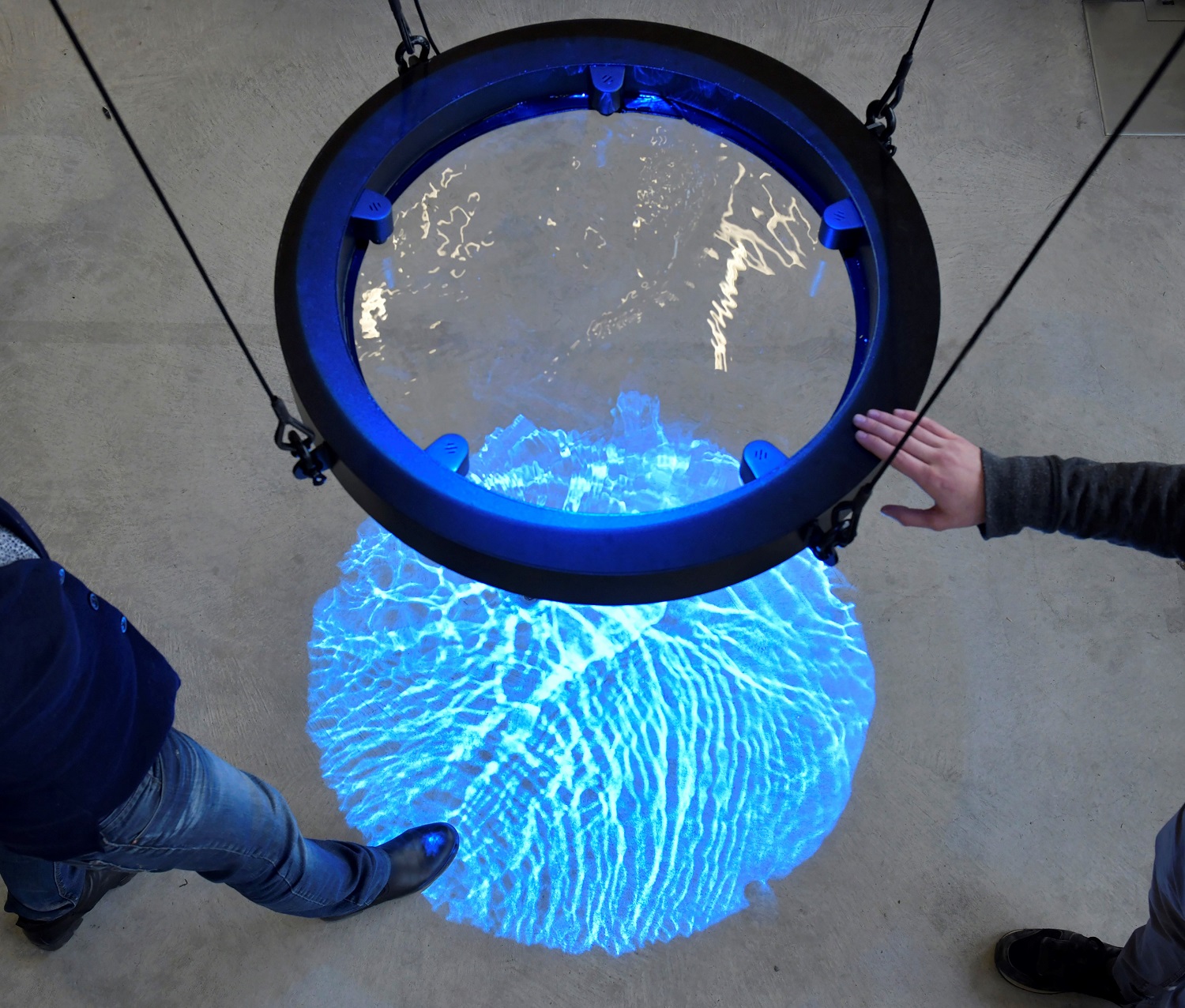
Step into the Pond of Possibilites, an Installation on Quantum Computing. Image: ETH Zurich/Andreas Eggenberger
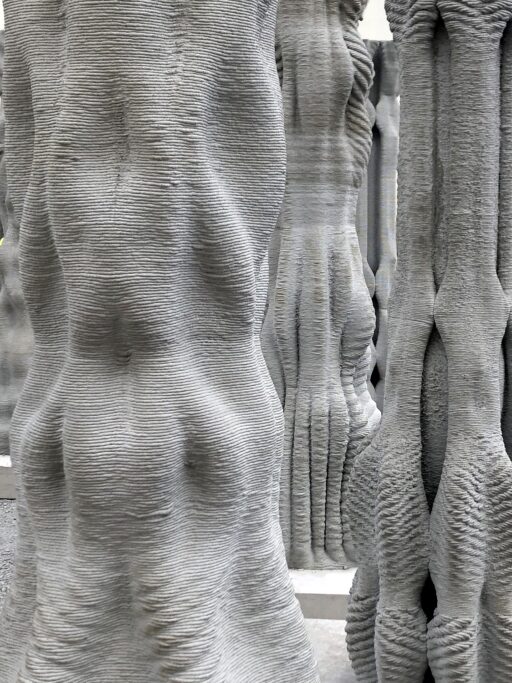
Concrete Choreography. Image: ETH Zurich/Angela Yoo
Bending takes an existing prototype and recreates it with slight or important variations - a more evolutionary than revolutionary process of reinvention. History is revisited and “bent” to explore deviations from previous works or ideas.
With Concrete Choreography, the RETHINKING CREATIVITY pavilion showcases how researchers in digital building technologies reinvent the concept of a column: The concrete 3D printing process not only uses minimal material but also instigates novel design opportunities unexplored so far in concrete.
Blending combines multiple sources to come up with a new idea. For instance, developers today design robots to elicit human emotion. Similar to humans, intelligent and interactive robots have to perceive their environment using basic human, albeit electronic, senses - sight, sound, smell, touch, and even electronic tongues that can taste. “Creating robots that interact seamlessly within a human environment poses a very demanding and challenging task that requires both highly interdisciplinary and creative teams”, says Professor Roland Siegwart, head of ETH Zurich’s Institute for Robotics and Wyss Zurich.
A special blend between the pioneering Art duo Pors & Rao and robotics engineers explores how animatronics give inanimate objects a life and even a personality. Their Walking Canvas makes its debut at the RETHINKING CREATIVITY exhibition to entice visitors to a smile.
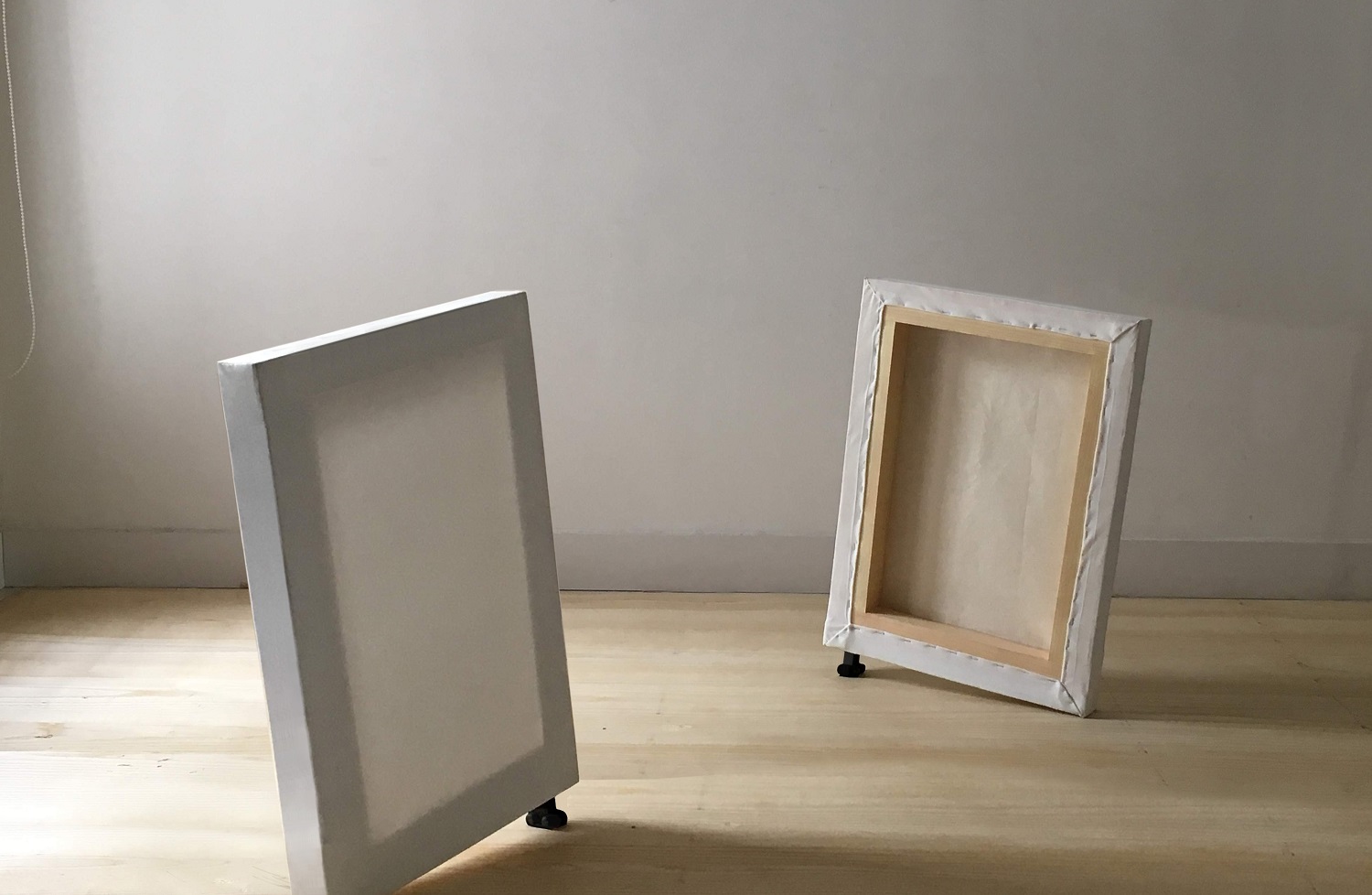
Walking Canvas. Image: Pors & Rao
The Need to Rethink
The World Economic Forum’s Future of Jobs Report identified the top three skills required to thrive in the Fourth Industrial Revolution – (1) complex problem solving, (2) critical thinking, and (3) creativity. Complex problem solving and critical thinking both require imagination, the ability to perceive multiple perspectives, which makes creativity one of the most required skills. Developments in artificial intelligence, advanced materials, biotechnology et al. will drive the creative economy to increasingly expand from traditional creative jobs to new jobs unknown and unimagined in our childhood - Cybernetic Director, Climate Triage Manager, Embodied Interactions Designer, Synthetic Biologist, Robot Linguist.
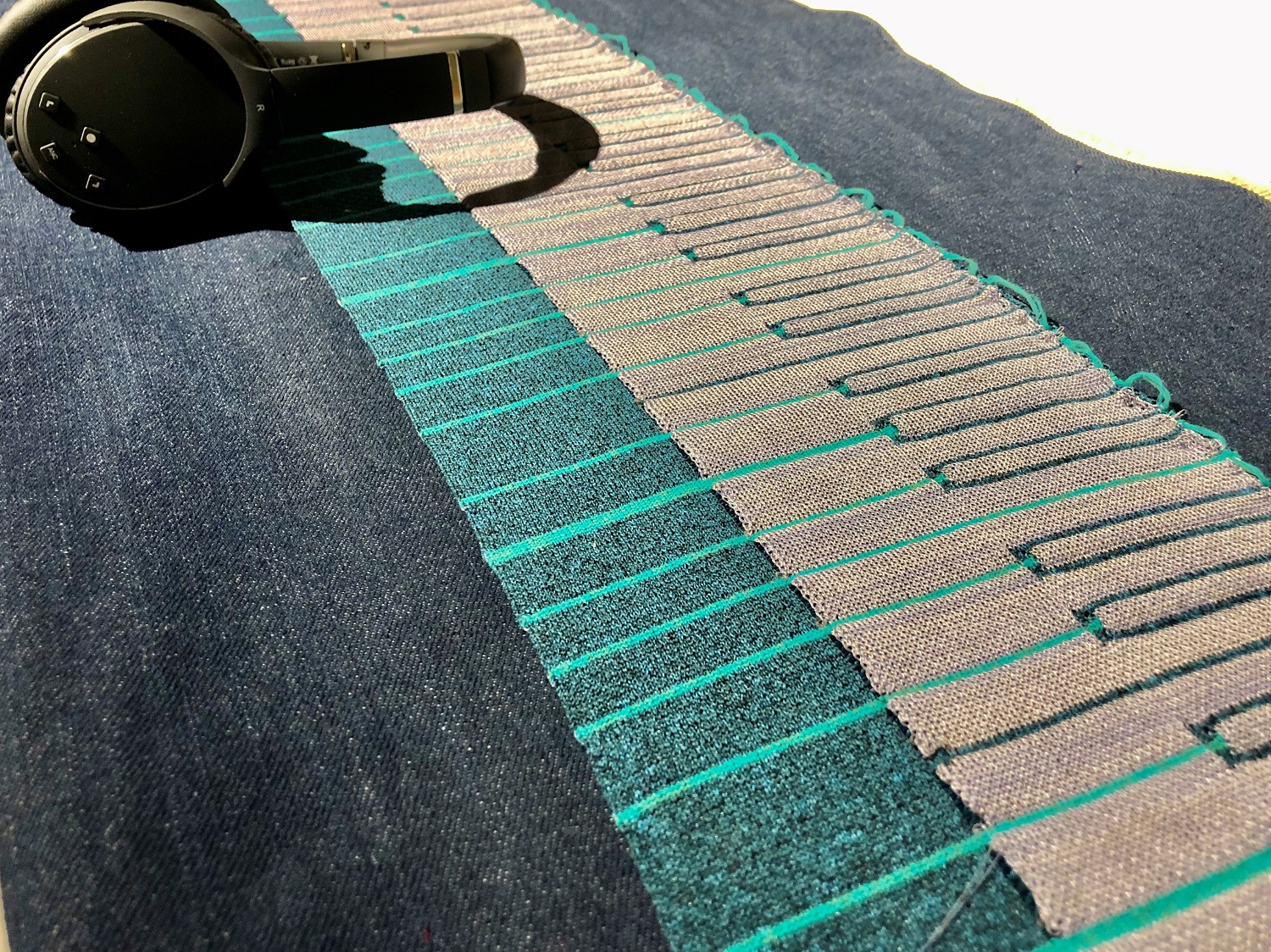
KnittedKeyboard - play your tune on a smart fabric. Image: Irmandy Wicaksono
RETHINKING CREATIVITY theme of the ETH Zurich Pavilion
RETHINKING CREATIVITY explores creativity through an event series debating the need for creative solutions to global challenges in such a rapidly evolving world. For four days, the ETH Zurich Pavilion provides a window on the creative process behind scientific innovation and art creation. The exhibit invites visitors to interact with ETH scientists and researchers, to play a tune on a smart fabric such as the Knitted Keyboard, to interact with a digital puppet that steps into the real world - or to simply meander off into the beautiful Forest of Qubits.

